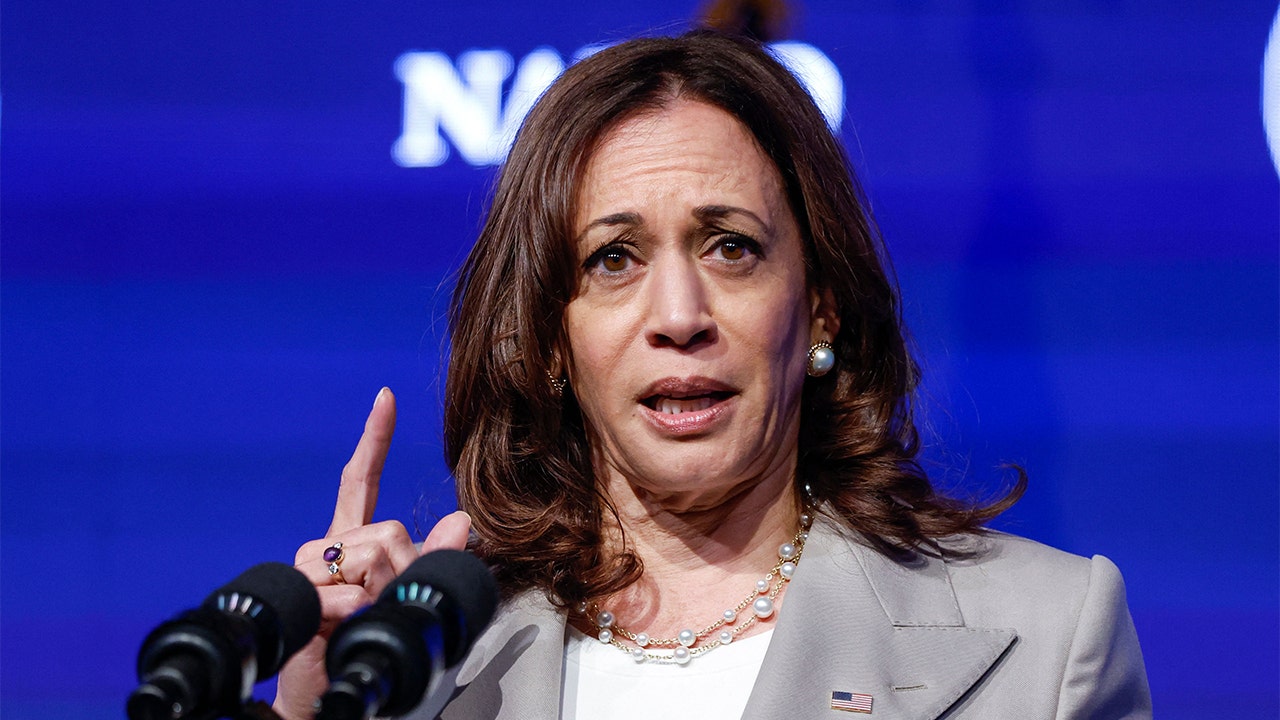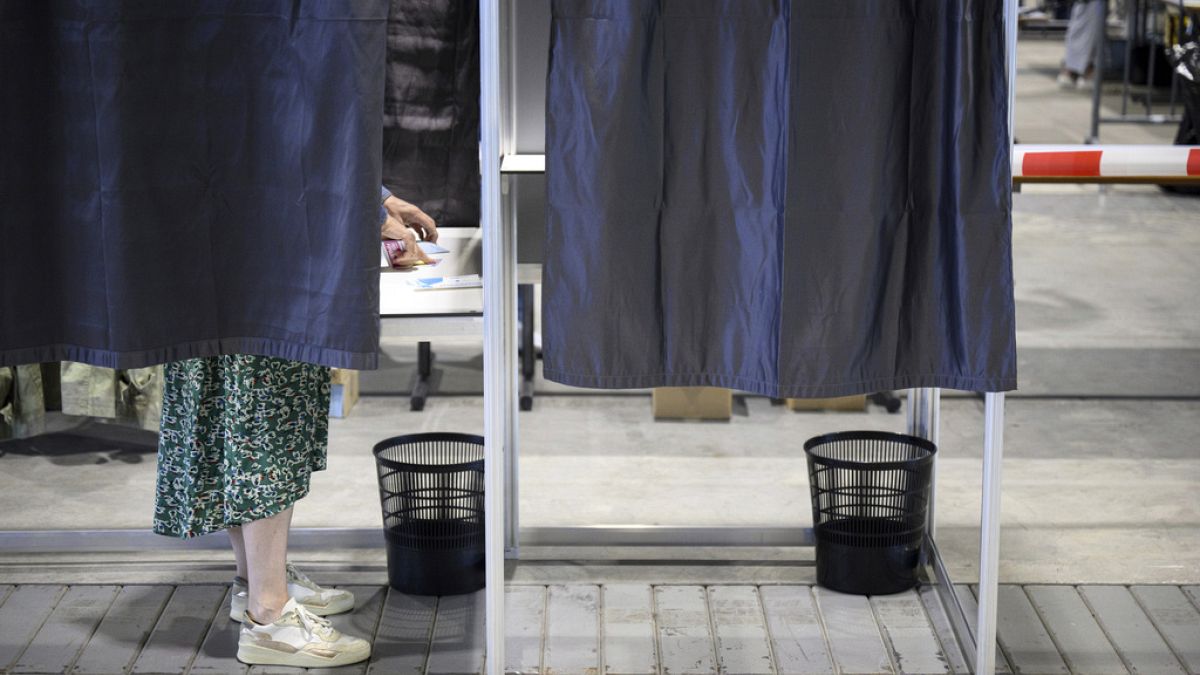Crypto
The Year That Cryptocurrency Somehow Didn’t Die

The lobby of the Daniel Patrick Moynihan United States Courthouse in downtown Manhattan could double as a museum of malfeasance. Hanging on its white marble walls are dozens of infamous courtroom sketches, a curated gallery of some of America’s worst hits and weirdest trials.
As I wandered the hallways in October, I beheld the renderings, stylized in various oil pastels and watercolors, of Martha Stewart and Imelda Marcos. I saw murderous mafia kingpins and litigious tree-shaped car air freshener corporations. I smirked knowingly at the legendary Tom Brady face from Deflategate. I noted the familiar names and likenesses of some once-invincible financiers who had pled guilty to financial crimes, like the Ponzi-schemer Bernie Madoff and the don’t-call-him-a-junk-bond-king Michael Milken. And I wondered which drawing they’d one day use to represent the trial I was there to see, United States v. Samuel Bankman-Fried.
A five-week case that incorporated crypto markets and celebrity Super Bowl commercials, the trial of FTX founder Sam Bankman-Fried featured old-school embezzlement and new-age investments. It pitted once-bffs and lovers against one another from the witness stand. It involved private jets, foreign bribes, driven prosecutors, and an unfooled jury that needed barely more than four hours to come to a seven-count guilty verdict related to the misappropriation and loss of, whoops, $8 billion in FTX customer funds. The trial drew the attention of Hollywood, professional sports leagues, and the ur-financial journalist Michael Lewis. How to encapsulate all this in one hastily-drawn scene?
Probably, I guessed, they’d pick the sketch where Caroline Ellison, Bankman-Fried’s former colleague and girlfriend, was handed a tissue during her key testimony. Or maybe it would be an image showing Bankman-Fried’s failed Hail Mary attempt to take the stand himself, a scene that certainly spoke to his cocky and destructive core belief in betting, however outlandishly, on himself. (As his “legal architect” would later admit, that bet did not hit.) Whatever they chose, I thought, would make for not only an important addition to the canon in these halls of shame, but a timely historical document too, a primary source forged in the cold anticrucible of this year’s crypto winter.
Bankman-Fried’s trial was just one of a number of high-profile crackdowns on, or collapses of, crypto-related ventures in 2023. Almost every month this year, industry leaders in charge of exchanges like FTX and Binance and Tron and Tornado and Gemini and Genesis were hit with inquiries and charges from the SEC or the Department of Justice. And yet, calling 2023 a “crypto winter” feels incomplete, and even incorrect. As this year draws to a close, the dollar price of bitcoin has more than doubled from 2022, based in large part on hopes that bitcoin exchange-traded funds will be approved by the SEC in 2024 and generate a surge in investment demand. (As I write this, one bitcoin is currently worth upward of $41,000 USD, up from around $20,000 in January.) And lately, even more speculative cryptocurrencies have seen boosts, as well. One of them, Solana, has practically doubled since October.
Barely over a month ago, it felt like all the worst impulses and outcomes of the cryptoverse were being exposed to the public. But fast-forward to December and you’ll find plenty of people seeking exposure to the big bad blockchain once again. “Even very traditional investors, generally skeptical about crypto, should accept that it’s safer to have a small allocation to bitcoin than to ignore it,” wrote one Bloomberg columnist recently.
Such marked swings in opinion might feel like whiplash, but hey, that’s the market! And 2023 has served as a reminder that even a technologically advanced new asset class is beholden to the same ancient and powerful pulls that have driven markets for all of time: fraud, and the fear of missing out. Wherever you find money and people, you’ll find portraits of both.
After a cascade of crypto market collapses in 2022 led currencies to go bust and businesses to declare bankruptcy, 2023 rang in with headlines like January 3’s “Sam Bankman-Fried Arrives at Federal Court in New York.” And things didn’t get much sunnier from there. Old-school Berkshire Hathaway cofounder Charlie Munger opined about “Why America Should Ban Crypto,” in a February Wall Street Journal column. “It Sure Looks Like the U.S. Is Trying to Kill Crypto,” observed a CoinDesk editor in March. That same month, panicked runs caused the failures of two of the country’s known-to-be-crypto-friendly banks.
The hits kept coming. “Is Crypto Dead?” asked The Atlantic in June. (“The most obvious issue: scams,” wrote Annie Lowrey. “In the world of crypto, big firms are scams. Little firms are scams. Stable coins are scams; exchanges are scams; NFT schemes are scams; initial coin offerings are scams; tokens are scams. Firms run by self-proclaimed altruists are scams. Firms run by the shadiest dudes you can possibly imagine are scams.”) In July, the journalist Jacob Silverman and the actor Ben McKenzie published Easy Money, a book that’s part takedown of the industry’s mystique and part travelogue. In September, Bloomberg’s Zeke Faux released Number Go Up, which began, perfectly, with a story about lies.
Earlier this month, in Congressional testimony, JP Morgan CEO Jamie Dimon proudly crowed: “I’ve always been deeply opposed to crypto, bitcoin, etc,” adding that “the only true use case for it is criminals, drug traffickers … money laundering, tax avoidance.” Senator Elizabeth Warren, who doesn’t typically see eye-to-eye with the heads of big banks, strongly agreed. But 2023 wasn’t just about op/eds or statements or books—it was about actual action and enforcement, too.
“I promise we’ll have enough handcuffs for all of them,” said U.S. Attorney Damian Williams, standing in front of the Moynihan Courthouse in November and referring to “every fraudster who thinks they’re untouchable, that their crimes are too complex for us to catch.” Here is but a sampling of some of the cryptoworld people and places that were circled and/or formally charged by regulators or authorities this year:
- The Winklevoss twins, those infamous Facebook sorta-founders who long ago pivoted to Bitcoin Billionaires–dom. The SEC brought charges against Gemini, the Winklevosses’ crypto exchange, in January, arguing that a yield-earning product it offered constituted the illegal sale of unregistered securities. New York attorney general Tish James also filed suit against Gemini in October, alleging the exchange fraudulently lied to investors.
- Justin Sun, the owner of the blockchain platform Tron. Sun was charged by the SEC in March for the unregistered offer and sale of securities, wash trading violations, and undisclosed celebrity endorsement schemes. (A number of those celebs, like Lindsay Lohan and Soulja Boy, were also named as part of that case.)
- Do Kwon, the once-swaggering cofounder of not-so-stablecoin project Terraform Labs. His legal issues are global in nature following the 2022 collapse of the Terra and Luna coin ecosystem. In March, Kwon was arrested at a Montenegro airport as he tried to fly to Dubai using supposedly falsified travel documents. “They’re still trying to figure out where to extradite him to,” CoinDesk managing editor Nikhilesh De told me. “The U.S. and South Korea both seem pretty intent on prosecuting him.”
- Roman Storm, the cocreator of Tornado Cash, a product known as a “mixer” that helps blur crypto transactions such that the distinct flows can’t be traced. The Department of Justice arrested Storm and his colleague in August on charges of money laundering, noting that their product was used in, among other things, hacking efforts by North Korea.
- Exchanges like Coinbase and Kraken, which continue to await regulatory clarity on how they can avoid charges of unregistered sale of securities.
- Alex Mashinsky, the founder of the bankrupt and frozen Celsius exchange. Mashinsky was accused of fraud in January, in a lawsuit that mocked his description of himself as a “modern-day Robin Hood.” The Department of Justice added a heap of federal fraud charges to the mix in July.
- Changpeng Zhao, a.k.a. “CZ,” the founder of crypto exchange Binance. A few days before Thanksgiving, CZ agreed to a plea deal in which he admitted to wrongdoing and agreed to step down from Binance. The company was also slapped with a $4 billion fine, and now has to operate under the watchful eye of a court-appointed monitor. Lewis, who wrote a book about Bankman-Fried, called CZ the Darth Vader to SBF’s Luke Skywalker. Which brings us to …
- Bankman-Fried, the FTX founder, about whom I won’t repeat myself. In November, SBF was found guilty of all seven fraud and conspiracy charges against him, and he awaits sentencing in March. (One former federal prosecutor I spoke with estimated that he’ll receive 20-30 years.) Bankman-Fried is also a defendant in a sprawling class action suit that includes endorsers and partners ranging from Steph Curry to Larry David to Major League Baseball to Formula 1. “One of the main reasons we’re bringing this case,” attorney Adam Moskowitz told me in a Zoom conversation this week, “is now, celebrities are going to have a lot more hesitation before they jump into, you know, sure, give me $1 million. I’ll endorse something quick. What’s the risk? Well, this is the case where there’s the risk.”
So yeah, what a year in this business! But also in some ways, it was just business as usual, warts and all. “While the cryptocurrency industry might be new and the players like Sam Bankman-Fried might be new,” U.S. Attorney Williams declared in November, “this kind of corruption is as old as time.” He had a point: the history of the financial markets is strewn with these sorts of figures, whose ambitious and innovative legacies are forever tangled up with their iniquities.
Back in 1934, during the long shadow of the great 1929 stock market crash, the United States Securities and Exchange Commission was formed as part of President Franklin Roosevelt’s sprawling New Deal reforms. And a man named Richard Whitney—a classmate of Roosevelt’s from Groton and Harvard—was not thrilled about it. Whitney, the President of the New York Stock Exchange who was once called “the Great White Knight of Wall Street,” resisted efforts to create a regulatory body. “You gentlemen are making a huge mistake,” he told FDR, according to The New York Times. “The exchange is a perfect institution.”
Within a few years, Whitney would be imprisoned at Sing Sing for embezzlement, having mishandled funds from his alma mater, his yacht club, his in-laws, and from a NYSE pool of money whose funds were supposed to be bookmarked for widows and children. A few decades later, another flashy financier was sent to Sing Sing for similar reasons. Eddie Gilbert had been lauded as “one of Wall Street’s boy wonders” by Time magazine at age 35 following his savvy 1958 takeover of hardwood flooring manufacturer E.L. Bruce. But it wasn’t long before he was caught using company funds to help smooth over some personal market losses and margin calls. Going to federal prison didn’t dissuade him from trying his luck again, and in 1981, Gilbert was convicted of 34 counts of fraud for stock market manipulation and sent back to the slammer.
Then there was Bernie Cornfeld, who—well, I’ll just let his NYT obituary describe him: “A Brooklyn-reared salesman who became one of the most flamboyant and controversial figures ever to stride through the American mutual fund industry.” He created entities with names like “Investors Overseas Services” and “Fund of Funds”; he employed Diane von Furstenberg as a receptionist; he tantalized regulators, and was ultimately nabbed for long distance phone charge evasion, an extremely 1970s crime. And yet some of the ways he shaped the mutual fund industry endure to this day.
“Every decade of excess in conjunction with a failure of regulation has delivered a marquee con man once the bubble broke,” wrote Vanity Fair’s Marie Brenner in 2009. She was writing about the criminal du jour, Bernie Madoff, but her point applied to any number of people she’d covered over the years, like the minds behind Enron, or like Milken, whose home she visited for dinner in 1989 as he awaited trial on charges of securities fraud, mail fraud, and conspiracy.
Liz Williams, a courtroom sketch artist who worked the SBF trial, also has experience with Milken and Madoff. In fact, Williams said Milken—the ingenious investment banker and bond savant whose firm, Drexel Burnham Lambert, had plunged into bankruptcy in 1990—was her first major financial court case. (The Southern District of New York’s presiding U.S. Attorney at the time was one Rudolph Giuliani—who would, decades later, write a letter advocating for Milken’s pardon by Donald Trump.) But according to Williams, Madoff’s case was the “most explosive” because many of his victims showed up to the courtroom en masse.
Marc Litt, an attorney and former federal prosecutor in the Southern District of New York, agrees, saying the very presence of court artists at Madoff’s first appearance in December 2008—not even a trial, just a brief audience before a magistrate judge—was a sign that this case was something particularly major. (He called his wife to say she might want to turn on the news.) Madoff, a former head of the NASDAQ exchange, had gathered his sons and confessed to them that his $64 billion fund was, well, a house of cards.
When Litt was assigned to prosecute Madoff, he had only just wrapped up nine weeks of litigating a different trial that involved fraud and high society—the case of the braggadocious opera aficionado and financier Alberto Vilar. Like Madoff, Vilar was heralded as a billionaire. Like Madoff, his fund was, if you squinted, a once-legit operation that had veered all the way off the rails. Speaking over Zoom, Litt held up a piece of evidence from the Vilar case that was so brazen he almost fell out of his chair the first time he saw it. “It was the single most incriminating document I had ever found,” he says: a letter authorizing the transfer of a quarter-million dollars from the actress Phoebe Cates’s mother’s account—which clearly showed that her signature had been crudely cut from another piece of paper and scotch-taped onto the letter so that it could be photocopied by a Vilar henchman. Sometimes the stunts people pull are so serious that they’re cartoonish; sometimes the evidence of crimes is so wildly real that it feels like a novelty stage prop. “These crimes generally are just really, at the end of the day, motivated by greed,” said another former federal prosecutor, Joseph Facciponti, who now teaches law school classes on white-collar and cyber crimes. “You often take people who are comfortable and capable, living a comfortable life,” he added. “But [they] just need too much.”
Just like in the Vilar trial, Bankman-Fried’s days in court had their share of gasp-worthy, nigh-unbelievable evidence. (The main difference was just that SBF’s inculpatory copy-pasting took place on Google Docs, somewhere up in the cloud.) Just as with both Vilar and Madoff, Bankman-Fried once benefitted from rising bull market tides that raised every ship. And then the waters receded, and everyone learned—to paraphrase the famous Warren Buffett quote—who had been swimming naked all along. Up then down, marooned then drowned. And the thing about tides is that they just keep repeating like that. They famously, ceaselessly, never stop.
In 1990, in a magazine of yore called Manhattan, Inc, a rising young finance-worker-turned-journalist rolled his eyes at the media’s no-really-this-time attempts to declare an official end to the ’80s-excess era in Drexel and Milken’s wake. “After the 1987 stock market crash, Time ran its first epitaph on the age of greed, excess, and bravado,” wrote, yes, Michael Lewis. “‘The tenor of the times will never be the same,’ it said. Then came the heist of Time Inc. by Warner, the muddied battle for RJR Nabisco, and a flurry of other seedy deals. The tenor of the times was more hysterical than ever.”
Lewis, whose seminal slice-of-life-on-Wall-Street book Liar’s Poker had come out six months earlier, concluded that the ’90s would probably not be too different from the ’80s, that “there has been no weakening of the forces that gave birth to the bonanza on Wall Street. Consumers and corporations continue, whenever possible, to borrow money they can’t easily repay.”
Coming up on 34 years later, it’s clear that time is indeed a flat circle, one demarcated in units of days since the last swindle and powered by the everlasting energy of ambitious people in hot pursuit of fat stacks. Like, there really has been no weakening of the forces that gave birth to the bonanza on Wall Street! Consumers and corporations really do continue, whenever possible, to borrow money they can’t easily repay! This was true during the Gilded Age, and in the wake of the 1929 market crash, and during the salad days of Gilbert and Cornfeld, and in the greed-is-good ’80s, and throughout the Global Financial Crisis. It was true in the “ZIRP Phenomenon” days, and it’s true now, in the midst of “The Vibecession.” I have no reason to believe that it will change anytime in the future, regardless of macroeconomic conditions. The only reliable constant is that someone always wants more.
The hotel room where I stayed and very fitfully slept during the Bankman-Fried trial looked out over the East River and also directly into the very office building where I interviewed two decades ago for my very first job, at Goldman Sachs. Needless to say, boy oh boy, my sleep-deprived brain reminisced. Like about how, during analyst training, it was expected that we had all read Liar’s Poker. Or about sitting at my desk and watching as CNBC covered Google’s August 2004 IPO and Lehman’s September 2008 implosion. Or about all the times I saw firsthand that even for the best-off, no amount can ever really be good enough. One client berated us for not helping introduce him to a guy he’d heard good things about but who was nominally closed to new investors—Madoff. Couldn’t we pull some strings? We couldn’t, but the cat was curious enough that before long, he directed us to wire a few million to the doomed fund.
I remarked to Litt that Madoff’s “closed to new investors” shtick was a powerful one. “I’ve always wondered whether it was intentional or not,” Litt mused. Either way, it had “the secondary effect of putting up the equivalent of a velvet rope outside a bar creating a line.”
This sort of “seat’s taken” culture, however advertant, is a tried and true way to induce FOMO. But the flip side can be powerful, too, that urgent inclusion of “everyone’s already here, pull up a chair!” It’s that type of attitude that has long drawn in the curious, and it has helped power the crypto space into what it is now: a place where founders tap dance across the lines of legality, sure, but also a market that’s refusing to go away.
Bankman-Fried may have fallen, but the awkward news is that lately crypto is risen—so much so that it’s hard not to take notice. Bitcoin and memecoins alike are rebounding. Last week Tiffany Fong, a Mashinsky victim who’s had six figures worth of investments frozen in the Celsius collapse, tweeted: “i think crypto is stupid but i like when the number goes up.” The editor for Fortune Crypto wrote a strangely neener-neener piece mocking crypto skeptics and “no-coiners.” Coinbase has a cocky new ad series. Twitter accounts that had been mighty quiet for the past year popped back in to fire up old hypebeasty chestnuts like: have fun staying poor. CoinDesk’s De calls it all “silly season” (and compares it to Rutgers football).
Word on the street is that there’s a good chance that early 2024 will bring with it the official green-lighting of bitcoin-derived exchange-traded funds that could attract new flows of both institutional and little-guy money; recently, SEC chairman Gary Gensler has been getting down to brass tacks with companies like BlackRock and ARK Investments who hope to offer these new products. “Bitcoin is so back,” tweeted Tyler Winklevoss. “With the price now above 43K,” tweeted his twin brother, Cameron, “it looks like people are finally starting to take notice. Amazing awaits.”
And you know what? Sometimes, I get it. Sometimes, I’m not completely immune to the dopey charms of silly-season exuberance. All the scams and the fraud and the grim headlines that have been so pervasive in 2023 mostly overpower any fleeting thoughts of shoulda-woulda-coulda and all cold little bolts of degenerate pump-and-dump envy. But there are still times when I feel curious about what a lil’ crypto exposure could do in a portfolio, like adding a sugary cereal to a well-balanced breakfast.
The devil works hard to ensure that FOMO works even harder. Some people find themselves motivated by that fear within, and some seek ways to exploit it in others. And as long as we’re dealing with humans and riches, there will always be a tug-of-war between asking permission or forgiveness, between fun and fraud. The faces and names and asset classes may evolve, but the broad brushstrokes? Even on fresh canvases, the scenes all bleed together over time.

Crypto
The Impact of Recent Elections on US Crypto Policy: Coin Center Shares Insights – Bitcoin News
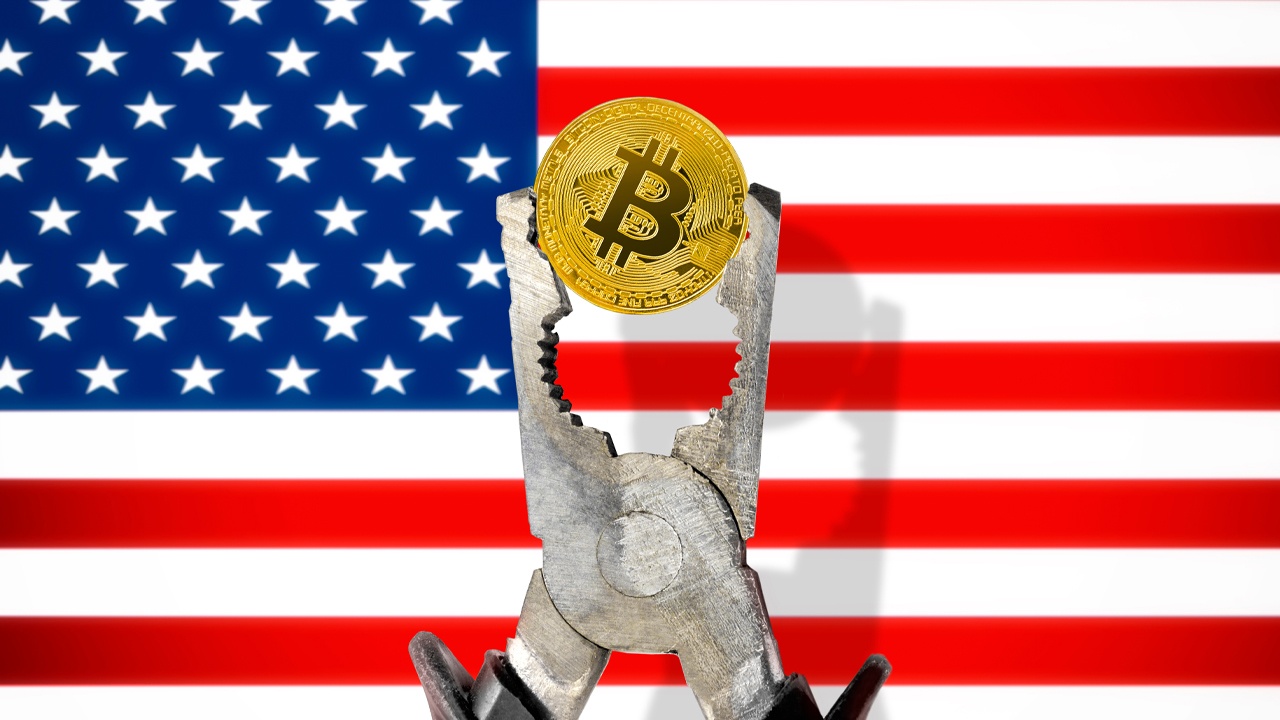
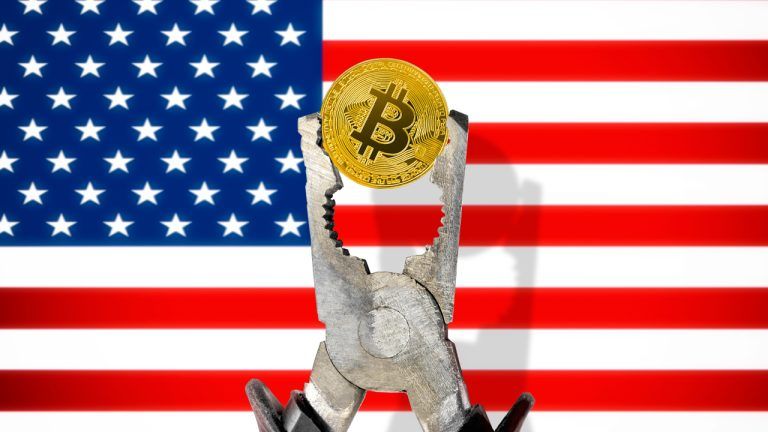 The recent U.S. elections could significantly shape the regulatory landscape for cryptocurrencies, according to Coin Center, a nonprofit focused on policy issues in the sector. Coin Center Analyzes Post-Election Crypto Policy Shifts In a detailed analysis by Peter Van Valkenburgh, Coin Center’s director of research, the organization examines both opportunities and challenges in the evolving […]
The recent U.S. elections could significantly shape the regulatory landscape for cryptocurrencies, according to Coin Center, a nonprofit focused on policy issues in the sector. Coin Center Analyzes Post-Election Crypto Policy Shifts In a detailed analysis by Peter Van Valkenburgh, Coin Center’s director of research, the organization examines both opportunities and challenges in the evolving […]Crypto
Who Will Lead The SEC Next? Gensler’s Exit Sparks Speculation For 2025

A new U.S. Securities and Exchange Commission Chair will be appointed in 2025.
SEC Chairman Gary Gensler (Photo by Alex Wong/Getty Images)
Gensler Resigns as SEC Chair
Gary Gensler’s resignation as SEC Chair in January 2025 signals a major shift in cryptocurrency regulation. His aggressive enforcement drew criticism, and with bitcoin nearing $100,000, speculation grows that the next Chair under President-elect Trump will adopt a more industry-friendly approach.
Current SEC Chair Gary Gensler announced his resignation via press release on November 21, 2024. His departure is effective January 20, 2025, which coincides with President-elect Donald Trump’s inauguration.
SEC Press Release
The SEC press release states, “Gensler implemented reforms to enhance efficiency, resiliency, and integrity in U.S. capital markets; agency held wrongdoers accountable and returned billions to harmed investors.”
During his tenure, Gensler led significant regulatory initiatives, particularly in the cryptocurrency sector, resulting in over 2,700 enforcement actions and $21 billion in penalties. His departure is anticipated to usher in a more industry-friendly regulatory environment under the incoming administration.
Optimism Builds In Digital Assets
Digital asset industry leaders have praised Gensler’s decision to move on from the SEC.
It is widely accepted that the cryptocurrency industry is glad to see Gary Gensler resign due to his aggressive regulatory stance, which digital asset leaders viewed as stifling innovation and overly punitive.
Potential SEC Pick Likely To Be Pro-Crypto
All eyes are now on the various candidates who would replace Gensler as SEC Chair. Based upon Trump’s connection with the crypto community, many believe he will appoint a pro-crypto Chair.
Brian Armstrong, CEO of Coinbase, one of the largest crypto exchanges, posted on X his preferred pick is for Trump to appoint current SEC Commissioner Hester Peirce. Regarding Peirce as SEC Chair, Armstrong said,
“She would be the best choice. Smart, fair, professional. Can work with both sides.”
Another potential candidate is Mark Uyeda, also a current SEC Commissioner. Known for his pro-crypto stance, Uyeda has openly advocated for a defined and balanced approach to digital asset regulation and governance.
Dan Gallagher, who formerly served as a commissioner at the SEC, was also floated as a potential pick for Chair. However, Gallagher, who is now the Chief Legal Officer at Robinhood, stated he is not interested in returning to the SEC. Gallagher said:
“It is always an honor to have your name in the mix for an incredibly important job like SEC Chairman. However, I have made it clear that I do not wish to be considered for this position.”
All Eyes On 2025
The SEC’s transition of leadership in 2025 marks a pivotal moment for the future of U.S. financial regulation, particularly in the cryptocurrency sector.
As speculation grows over who will succeed Gary Gensler, the industry braces for potential shifts in policy that could significantly impact innovation and compliance standards.
Meanwhile, bitcoin’s price continues its remarkable rally toward $100,000 per coin, reflecting renewed optimism in the crypto market and heightened anticipation for a more industry-friendly regulatory environment under the incoming administration.
Crypto
SEC Reports Record $8.2B in Remedies With 583 Enforcement Actions in 2024 – Regulation Bitcoin News
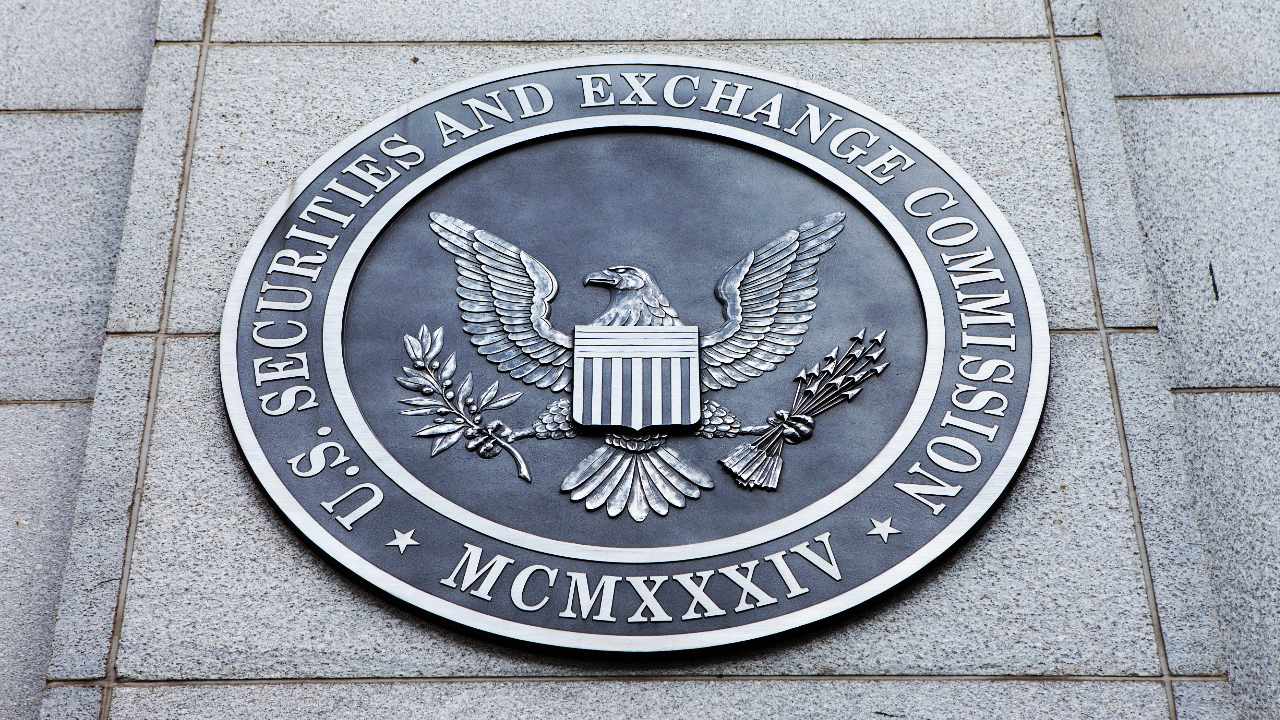
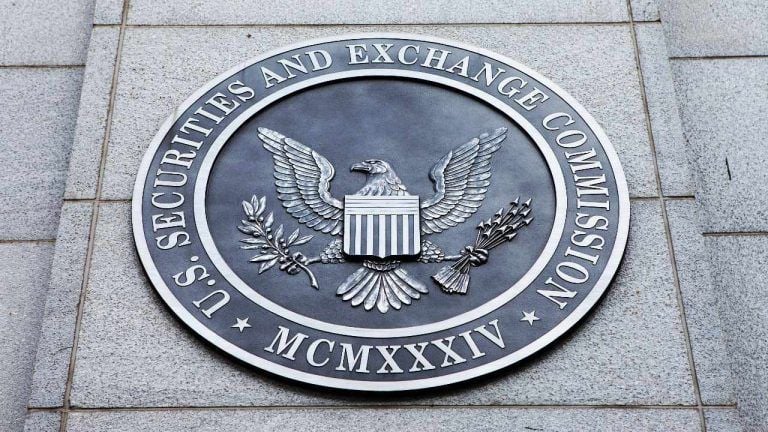 The SEC’s record-breaking enforcement year revealed unprecedented financial penalties and bold action against high-risk sectors, including crypto and private funds, marking a pivotal moment for market regulation. SEC Achieves Historic $8.2B in Remedies From 583 Enforcement Actions in 2024 The U.S. Securities and Exchange Commission (SEC) announced on Friday a record-breaking year for enforcement in […]
The SEC’s record-breaking enforcement year revealed unprecedented financial penalties and bold action against high-risk sectors, including crypto and private funds, marking a pivotal moment for market regulation. SEC Achieves Historic $8.2B in Remedies From 583 Enforcement Actions in 2024 The U.S. Securities and Exchange Commission (SEC) announced on Friday a record-breaking year for enforcement in […]-

 Business1 week ago
Business1 week agoColumn: Molly White's message for journalists going freelance — be ready for the pitfalls
-

 Science5 days ago
Science5 days agoTrump nominates Dr. Oz to head Medicare and Medicaid and help take on 'illness industrial complex'
-

 Politics1 week ago
Politics1 week agoTrump taps FCC member Brendan Carr to lead agency: 'Warrior for Free Speech'
-
/cdn.vox-cdn.com/uploads/chorus_asset/file/25739950/247386_Elon_Musk_Open_AI_CVirginia.jpg)
/cdn.vox-cdn.com/uploads/chorus_asset/file/25739950/247386_Elon_Musk_Open_AI_CVirginia.jpg) Technology7 days ago
Technology7 days agoInside Elon Musk’s messy breakup with OpenAI
-

 Lifestyle1 week ago
Lifestyle1 week agoSome in the U.S. farm industry are alarmed by Trump's embrace of RFK Jr. and tariffs
-

 World1 week ago
World1 week agoProtesters in Slovakia rally against Robert Fico’s populist government
-

 News7 days ago
News7 days agoThey disagree about a lot, but these singers figure out how to stay in harmony
-

 News1 week ago
News1 week agoGaetz-gate: Navigating the President-elect's most baffling Cabinet pick
















